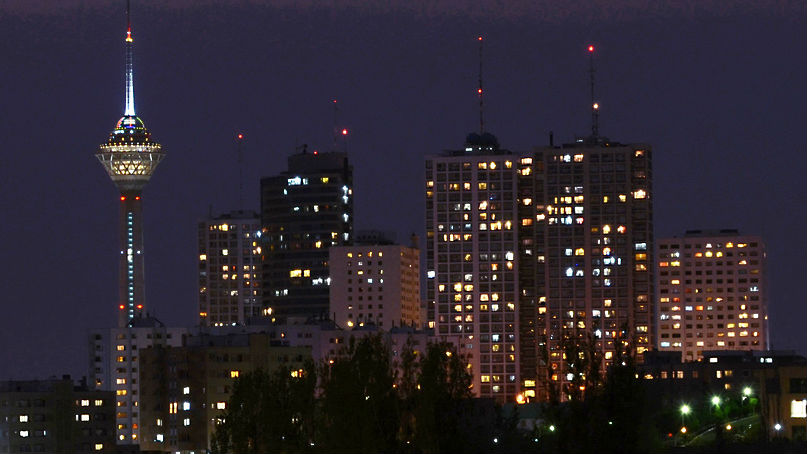Insurers Cautious about Prospects in Iran

Eight out of 11 insurance and reinsurance specialists who responded to questions emailed by Reuters this week said Iran was an attractive or very attractive market, especially in the marine and energy sectors. Responses were on an anonymous basis due to the sensitivity of the issue.
While several said they expected to have entered the Iranian market by the end of 2016, others said it was hard to say due to ongoing concerns about how and when sanctions might be repealed.
Under the accord reached in Vienna on July 14, Iran will be subject to longer-term curbs on its nuclear program in return for the removal of U.S., U.N. and European Union sanctions.
This would open a market of $8 billion in premiums to global firms looking to underwrite critical export-related risks while promising sorely-needed scale for regional players.
The deal has still to be approved by the U.S. Congress, where hawkish Republican foes of President Barack Obama oppose it, and also faces objections from influential conservative hardliners in Iran.
However, Iran, the Middle East and North Africa region's second largest economy, with a large oil and gas sector and a young educated population, is already drawing attention.
"The main economic boost for Iran will come in 2016, although domestic consumer and investor confidence will receive a short-term impetus," said Ludovic Subran, chief economist at credit insurer Euler Hermes.
The process of rescinding sanctions could start around the end of this year.
The Islamic Republic would be the biggest economy to rejoin the global trading and financial system since the break-up of the Soviet Union in 1991.
Investors are already looking to establish funds for Iran, classified by the World Bank as an upper-middle income country, with a population of 78 million.
Marine and energy come top of the list for insurance sectors in which to write business, both for the anonymous respondents to the emailed questions and for other industry specialists.
"Historically we have dealt with Iran; it's interesting to see what's happening there," said Ben Abraham, head of marine at insurance broker Willis, adding that the firm would adhere to the sanctions regime but would be watching for any changes.
"From a marine perspective, there are some large shipowners in Iran. There are lots of cargo, port terminals."
"ITCHING TO GET BACK" INTO IRAN
Globally, large businesses such as oil and shipping are typically insured locally, with reinsurers in Europe or the Lloyd's of London market sharing the burden of any claims in return for a part of the premium.
Since sanctions were imposed, both insurance and reinsurance have largely been handled by domestic players in the $8 billion Iranian insurance market, said Mahesh Mistry, director of analytics at insurance ratings agency AM Best.
"Lloyd's have supported (Iranian businesses) in the past. Some of them will be itching to get back in," Mistry said.
Several insurers, including Lloyd's insurer Beazley, said, however, they had not yet started researching the market.
"It has been a country we cannot deal with because of sanctions, so we need more clarity," said Andrew Horton, chief executive of Beazley.
One insurance underwriter said Western insurers would also face competition from Indian, Russian and southeast Asian peers who have already done business in Iran.
But for those eager to get going, marine and energy businesses are seen as easier to penetrate in a new market than consumer sectors such as motor, as they do not require a domestic presence.
Some insurers are also interested in areas such as motor and health, however, according to responses to the Reuters questions, while Iran's aviation and infrastructure needs are also seen offering opportunities.
"We have already seen some multinational insurance-related companies - brokers and outsourcing firms - showing interest in going to (Iran) and some have even already gone there," said Sasan Soltani, Regional Business Development Manager at Dubai-based Iran Insurance Company, adding that Iran also needed to ease regulations hampering the operation of foreign companies.
Political instability and armed conflict in many parts of the Middle East are among the main concerns, however, along with uncertainty over Iran's economic outlook.
There are also worries about a regional backlash over the nuclear agreement by adversaries of Iran such as Saudi Arabia and Israel, or a failure by the Islamic Republic to honor the deal's terms.
"The fact of the matter remains the religious and geo-political elements that exist within the region," said one Dubai-based insurance executive. "It's not going to be easy."








